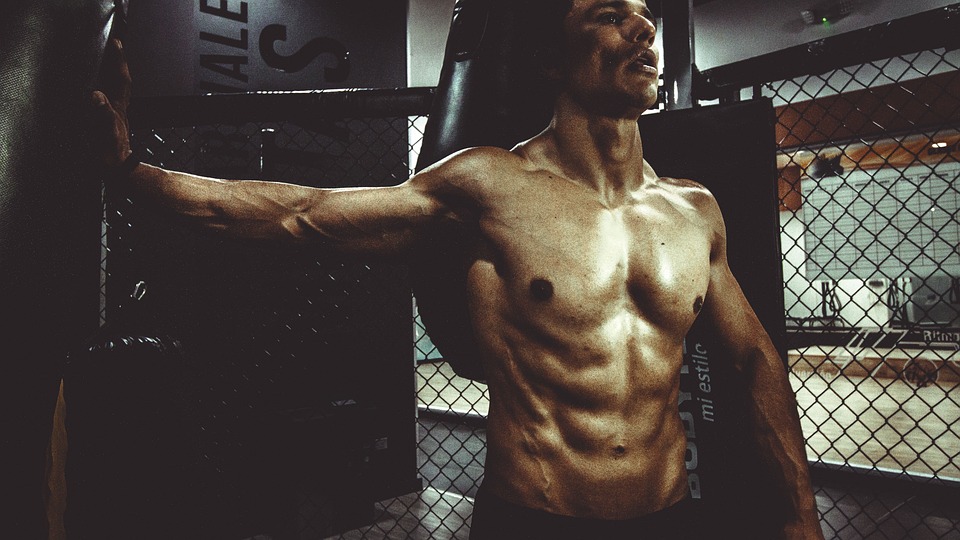
Training the midsection can be divided into two types: functional core work and direct abdominal work. While there are benefits to both types of training, in some cases there are exercises that can be done to get the benefits of both types.
The hanging knee raise is a great exercise for both your core and abs. We're going to dive into everything there is to know about this exercise and more.
How to Perform the Hanging Knee Raise
You can do hanging knee raises with a pull-up bar. All you need to be able to do this exercise is to have the strength to grip a bar and to hang from it for a while, as well as pain-free shoulder mobility.
Step 1 – Get Your Grip
Stand under the bar and raise you hands over your head. The spacing of the grip is typically shoulder-width apart or slightly wider.
Step 2 – Set and Hang
After you have a strong grip, take a few moments to hang without moving, to stop any swinging from the initial momentum of grabbing the bar. Draw your shoulder blades back and down, squeeze your legs together, and perform a body hollow. Prepare your body for the exercise as if you were going to lift a barbell.
Step 3 – Flex the Abs
Perform the hanging knee raise such that the final squeeze of the abs is beyond 90 degrees of hip flexion. To target your abs, you need to flex your spine. Imagine engaging your abs to bring your knees toward your chest, like you would in a sit-up.
Step 4 – The Reset
After you have extended your legs, slowly lower them back to the starting position while continuing to tense your body. The less tension you release in your core, the more stable your position will be between repetitions.
Benefits of the Hanging Knee Raise
The hanging knee raise is a great way to target the abdominals. It also helps develop core strength and overhead capabilities.
Six-pack Hypertrophy
Achieving visible abs requires a long-term sustainable lifestyle with an emphasis on reducing excess body fat. However, you will still want to give the rectus abdominis some direct training to make them really stand out. The rectus abdominis' muscle group's primary function is to flex the spine. The hanging knee raise is an exercise that works to accomplish that same goal.
Core Strength
The hanging knee raise strengthens the full body's core due to the way the body sways during each repetition. The muscles in your shoulders, hips, and spine need to be very strong in order to keep your body stable and in one position.
Overhead Capabilities
The ability to move and stay in one place while doing a hanging knee raise strengthens the shoulders' ability to stay in one place overhead because gravity only pulls things down. Gravity constantly pulls the shoulder into the full overhead position, which reinforces full overhead shoulder mobility.
Muscles Worked by the Hanging Knee Raise
The hanging knee raise exercise is mostly a core exercise. One of the main techniques for improving performance is directly related to another big muscle involved in the execution.
Rectus Abdominis
The abs are the primary muscle group worked in this exercise. The abdominals muscles are located in the abdominal region and connect the ribcage to the pelvis. These muscles are responsible for the flexion, twisting, and general function of the torso. The knee raise is a movement where you raise your legs while pulling on your pelvis.
Hip Flexors
If your hip flexors are engaged while you are performing a hanging knee raise, it is considered a mistake. If you feel a pinch or pull only in the crease of your hip when doing sets of knee raises, it's probably because your hip flexors are doing the work that should be done by your lower abs.
Who Should Do the Hanging Knee Raise
Hanging knee raises can be helpful for people who compete in physique competitions, people who are trying to become stronger, and those who just go to the gym regularly.


